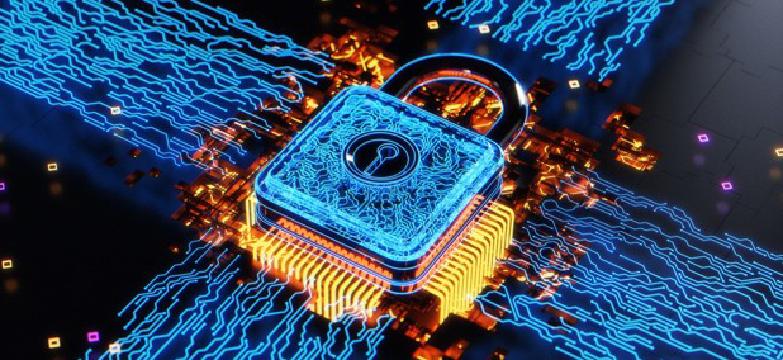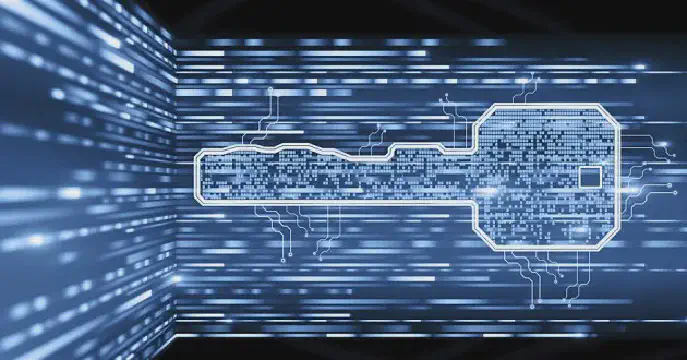Excerpt§
CRC refers to Cyclic Redundancy Check for error detection. SHA refers to Secure Hash Algorithm for cryptographic data security and integrity verification.
CRC and SHA are two important acronyms used in the field of cybersecurity and data integrity. Though they sound similar, CRC and SHA refer to different concepts that serve unique purposes. This blog provides an easy explanation of what CRC and SHA mean and how they are used.
Introduction to CRC§
CRC stands for Cyclic Redundancy Check. It is a simple error-detecting code commonly used to detect accidental changes or transmission errors in data.
A CRC is calculated from the original data content and appended to it before transmission or storage. The receiving end recalculates the CRC to verify if the data is still intact. Any mismatches indicate corruption.
Think of CRC as a digital fingerprint of the data that protects its integrity.
Introduction to SHA§
SHA stands for Secure Hash Algorithm. It refers to a family of cryptographic hash functions designed to keep data secure and authenticate its integrity.
Some examples of SHA algorithms are SHA-1, SHA-2, and SHA-3 which produce hash values of varying lengths. Hashing data with SHA is a one-way process. The hash value uniquely represents the original data.
SHA is used in encryption applications like digital signatures, password hashing, and data integrity checks.
Key Differences Between CRC and SHA§
| CRC | SHA |
|---|---|
| Used for error detection | Used for data security |
| Simple and fast computation | More complex computation |
| Output is fixed length checksum | Output is cryptographic hash value |
| Data can be recovered from CRC | Data cannot be recovered from hash |
| Provides protection against transmission errors | Provides protection against tampering |
When to Use CRC vs SHA§
Use cases for CRC:
- Detecting accidental data corruption during transmission or storage
- Validating integrity of downloaded files or streams
- Error checking in network protocols like Ethernet, WiFi
Use cases for SHA:
- Storing password hashes securely
- Digital signatures and blockchain verification
- Verifying critical data like firmware updates, bank transactions
Practical Applications of CRC and SHA§
CRC Applications
Storage media like hard disks, optical discs use CRC to detect and recover from errors.
Wireless protocols like Bluetooth, WiFi use CRC to check packet integrity.
File archives and document formats like ZIP, PDF use CRC to validate correctness.
SHA Applications
Cryptocurrencies like Bitcoin rely on SHA-256 for blockchain verification.
TLS/SSL connections use SHA to establish secure encrypted channels.
Software downloads are accompanied by SHA hashes to confirm authenticity.
Conclusion§
In summary, CRC refers to cyclic redundancy check - a simple data integrity verification technique. SHA refers to secure hash algorithm - a family of cryptographic functions used for data security and authentication.
CRC is suitable for detecting accidental errors while SHA provides protection against deliberate tampering. Used properly, CRC and SHA provide a robust combination for end-to-end integrity and security in data communications and storage.















